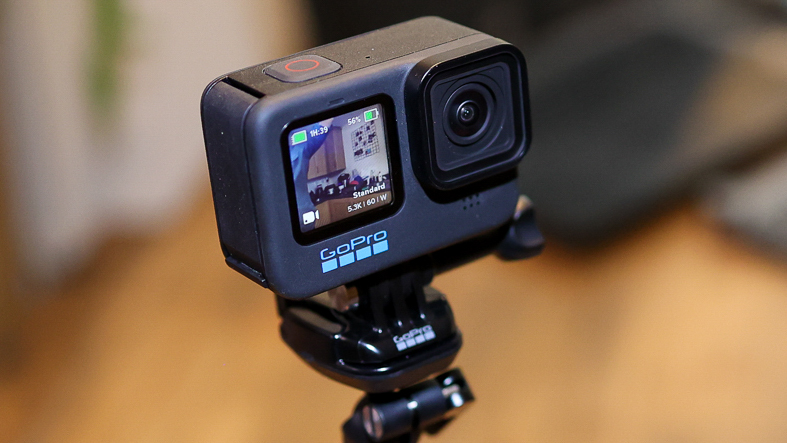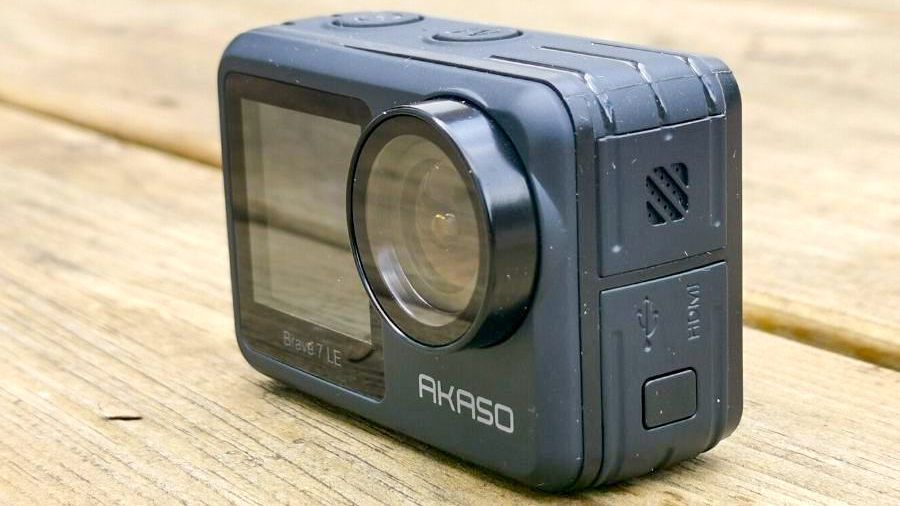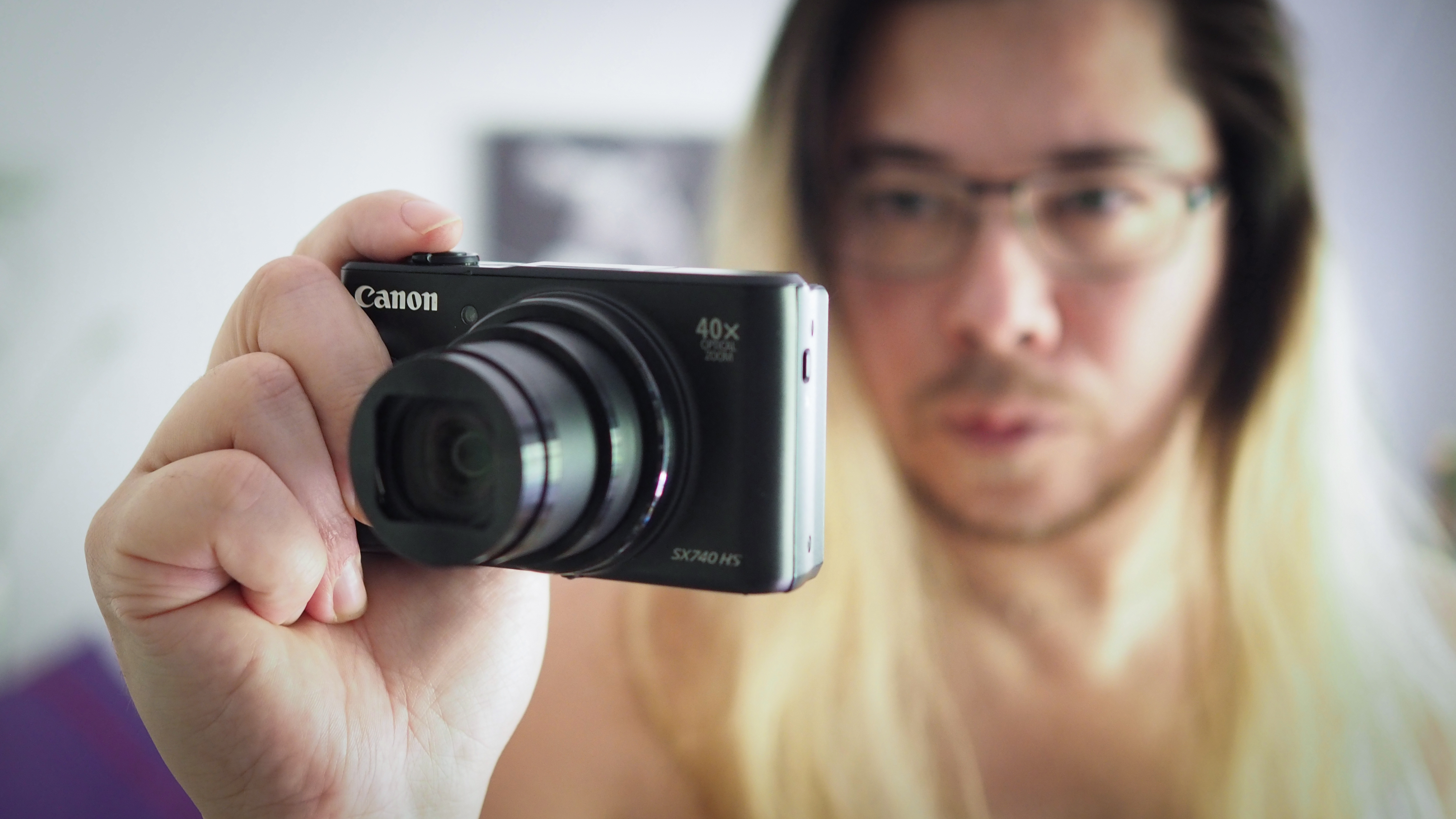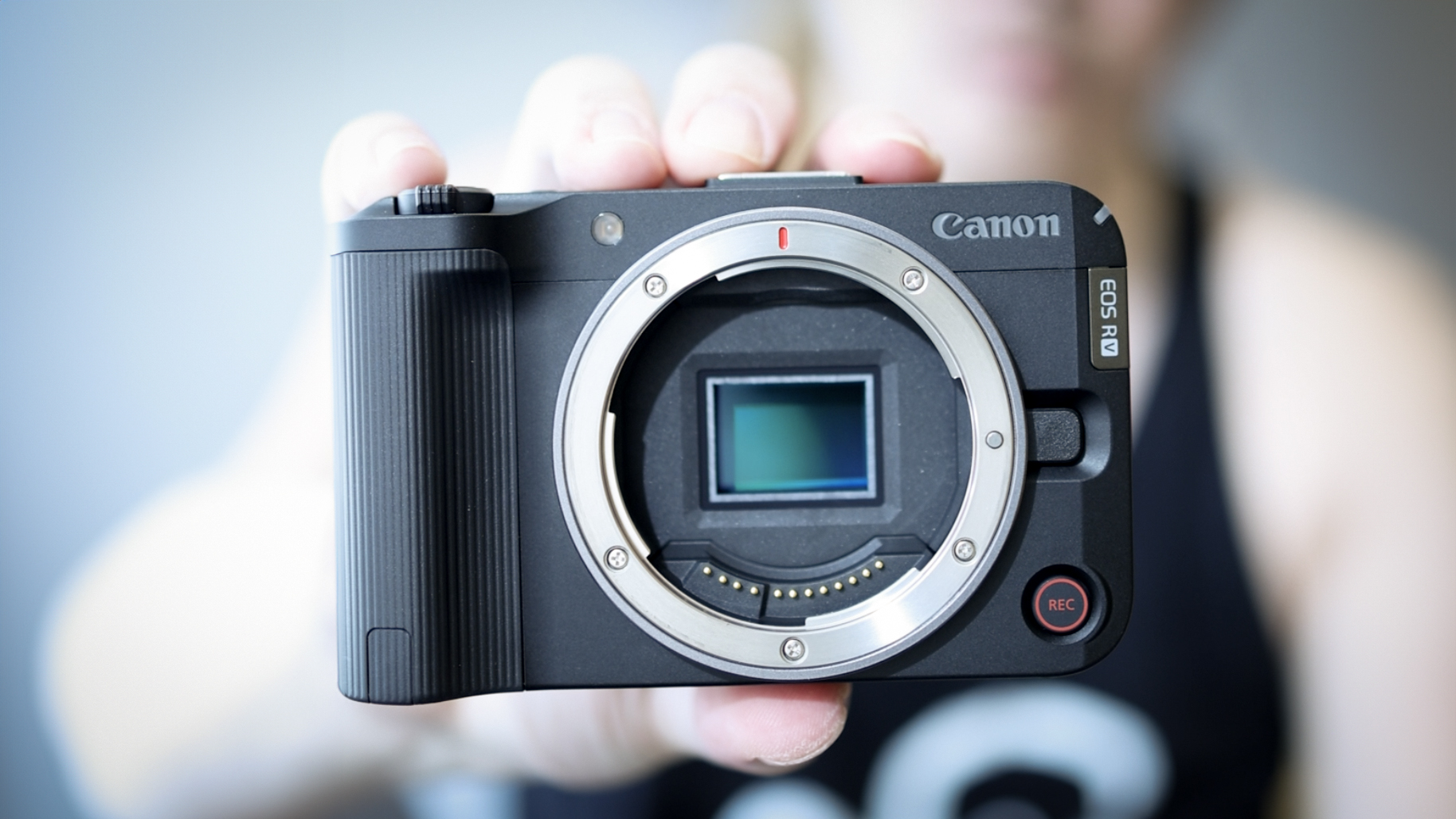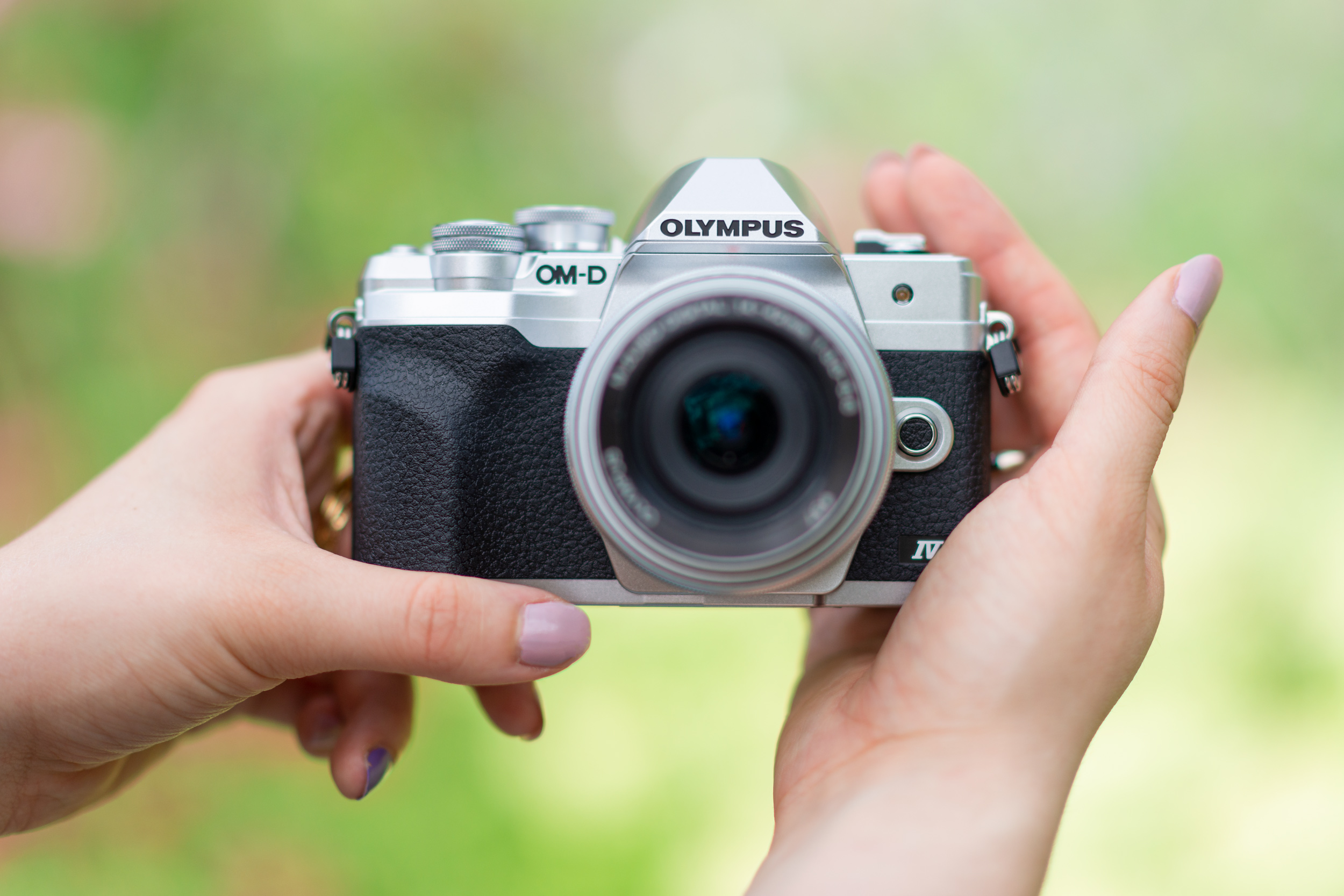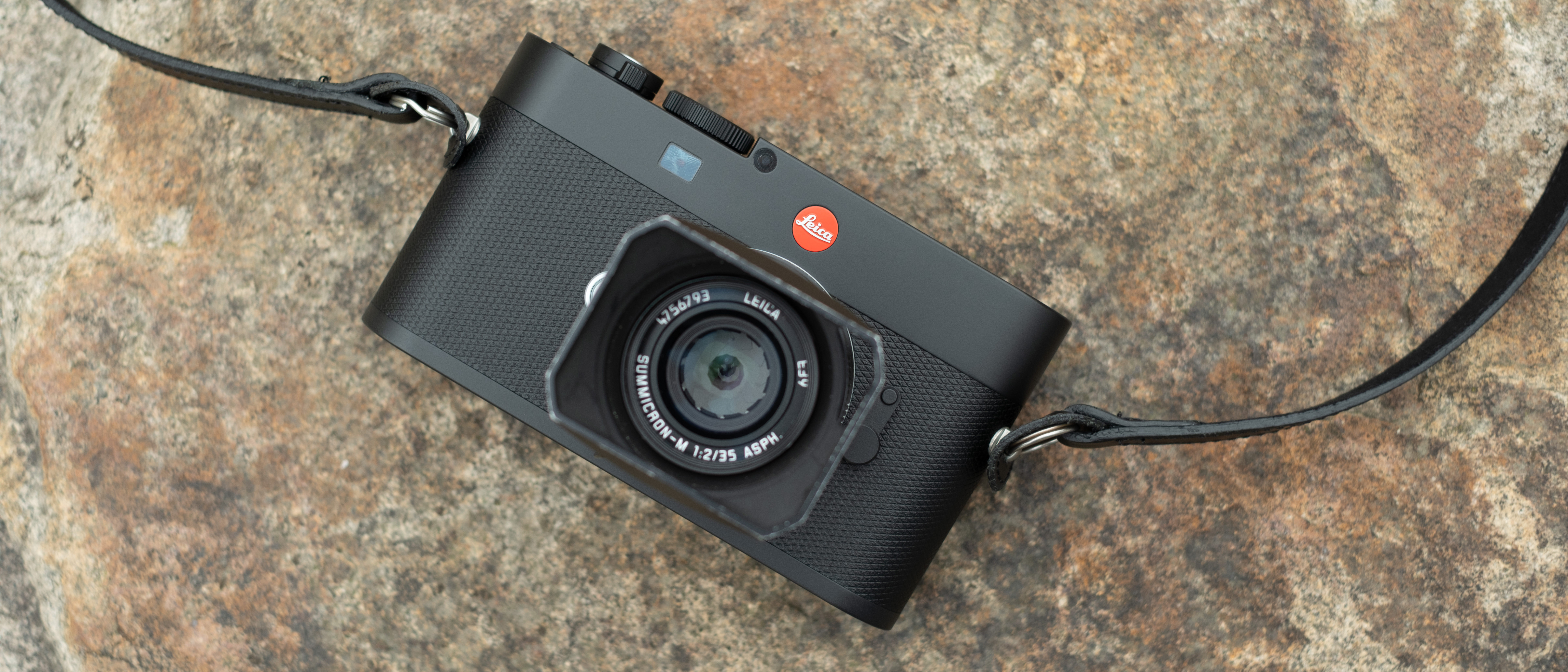Best budget video cameras in 2025
We select the best budget video cameras, from action cameras to camcorders and mirrorless models
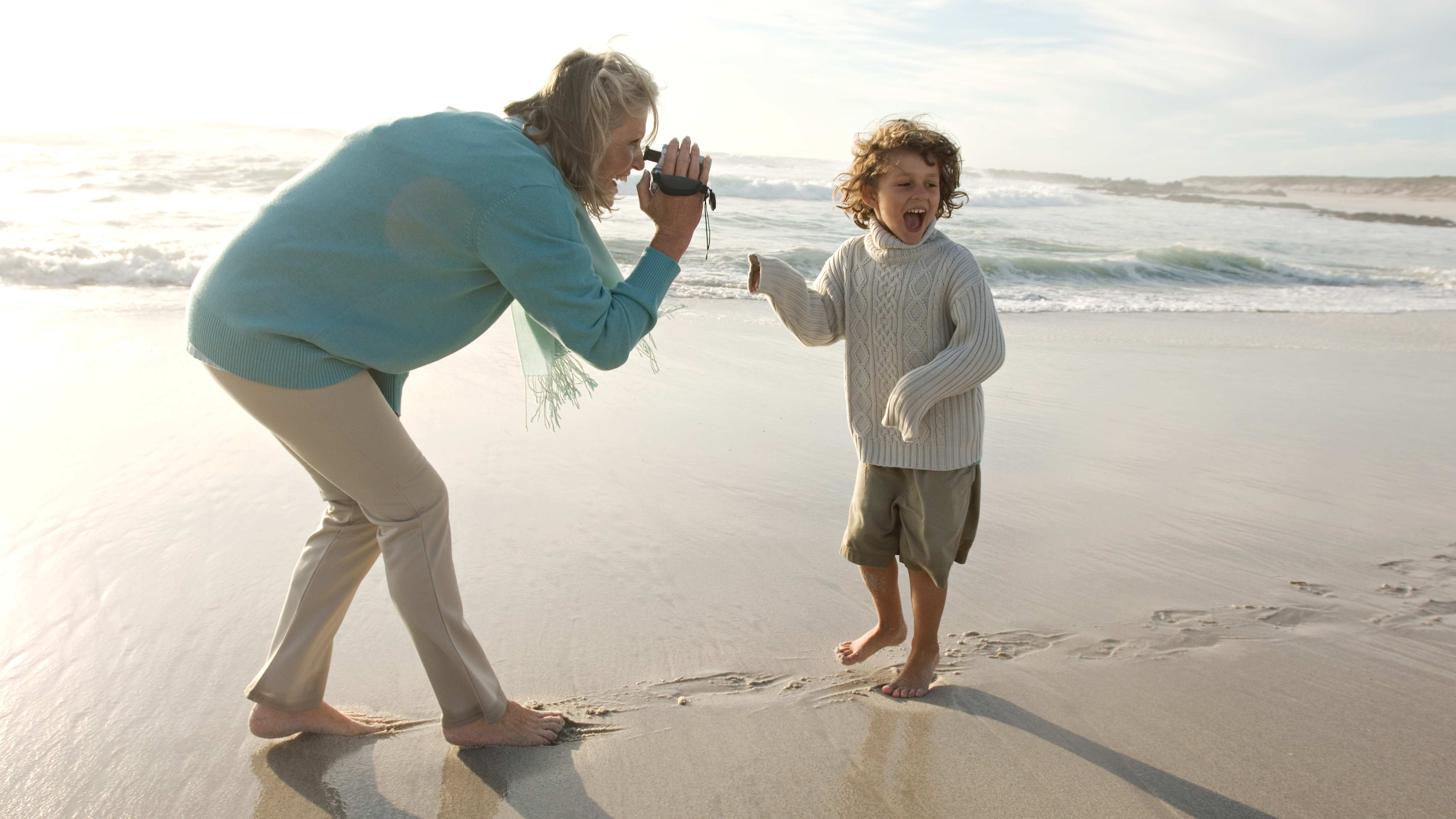
If you're looking to shoot great video with spending a fortune, the best budget video cameras are your best bet. I've compiled a list of cheap but capable cameras, all of which offer demonstrable advantages over a smartphone – whether that's waterproofing, an optical stabilizer, or a larger sensor with lens options,
All the cameras on this list have been tested and reviewed by the DCW team, with our expert reviewers using them to shoot video over a long period to see how they handle and assess the quality of footage they produce. While you're not going to get the top-tier results you'd get from the absolute best cameras for vlogging, I'm confident that all of these cameras offer a solid, capable platform for shooting great video.
At the bottom of this page I've also included a guide to how to choose the best cameras for video, including a rundown of the different types. And for more budget-friendly options, check out our guide to the best cheap cameras.

Jon spent years at IPC Media writing features, news, reviews and other photography content for publications such as Amateur Photographer and What Digital Camera in both print and digital form. With his additional experience for outlets like Photomonitor, this makes Jon one of our go-to specialists when it comes to all aspects of photography, from cameras and action cameras to lenses and memory cards, flash diffusers and triggers, batteries and memory cards, selfie sticks and gimbals, and much more besides.
Best budget video cameras: our top picks
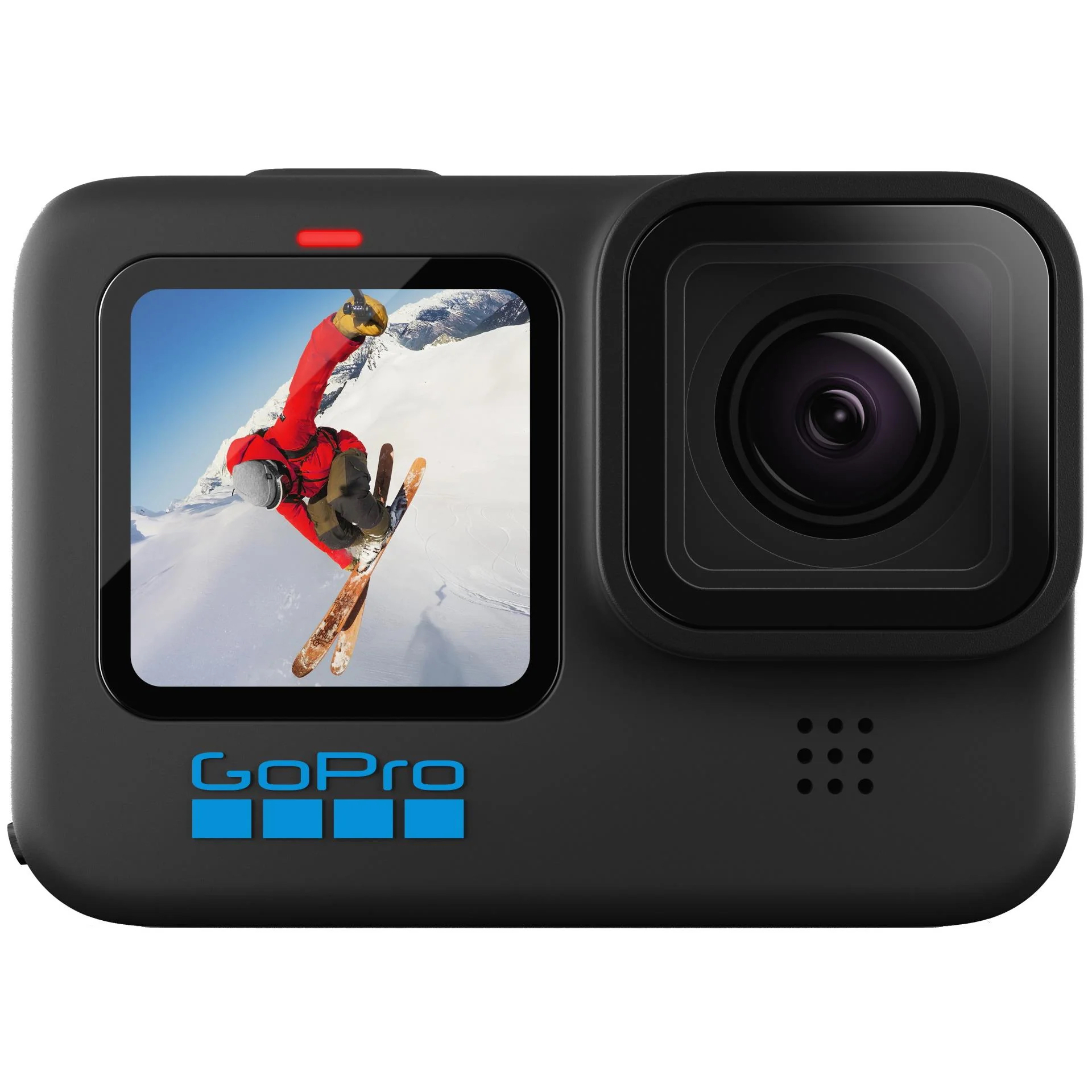
An older GoPro model that's available at an impressive discount, offering 5K footage and impressive image stabilization.
Read more below
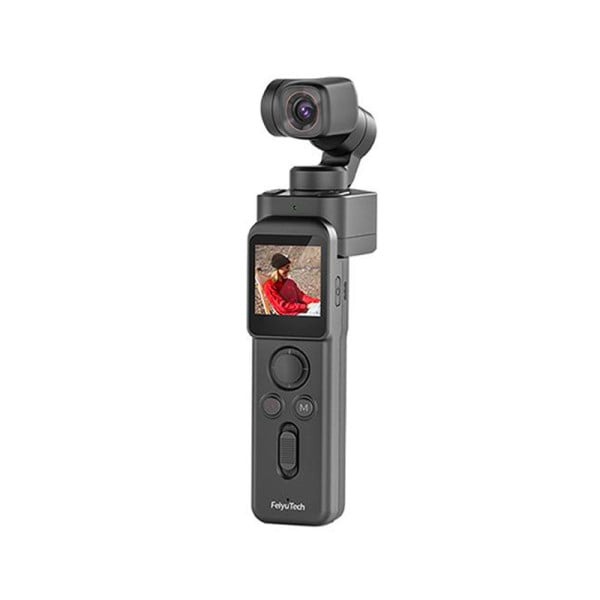
With an effective 3-axis gimbal built-in, the Feiyu Pocket 3 makes you a much more mobile video shooter for a reasonable price. It's essentially a DJI Pocket 3, but for $200 less and with fewer accessories.
Read more below
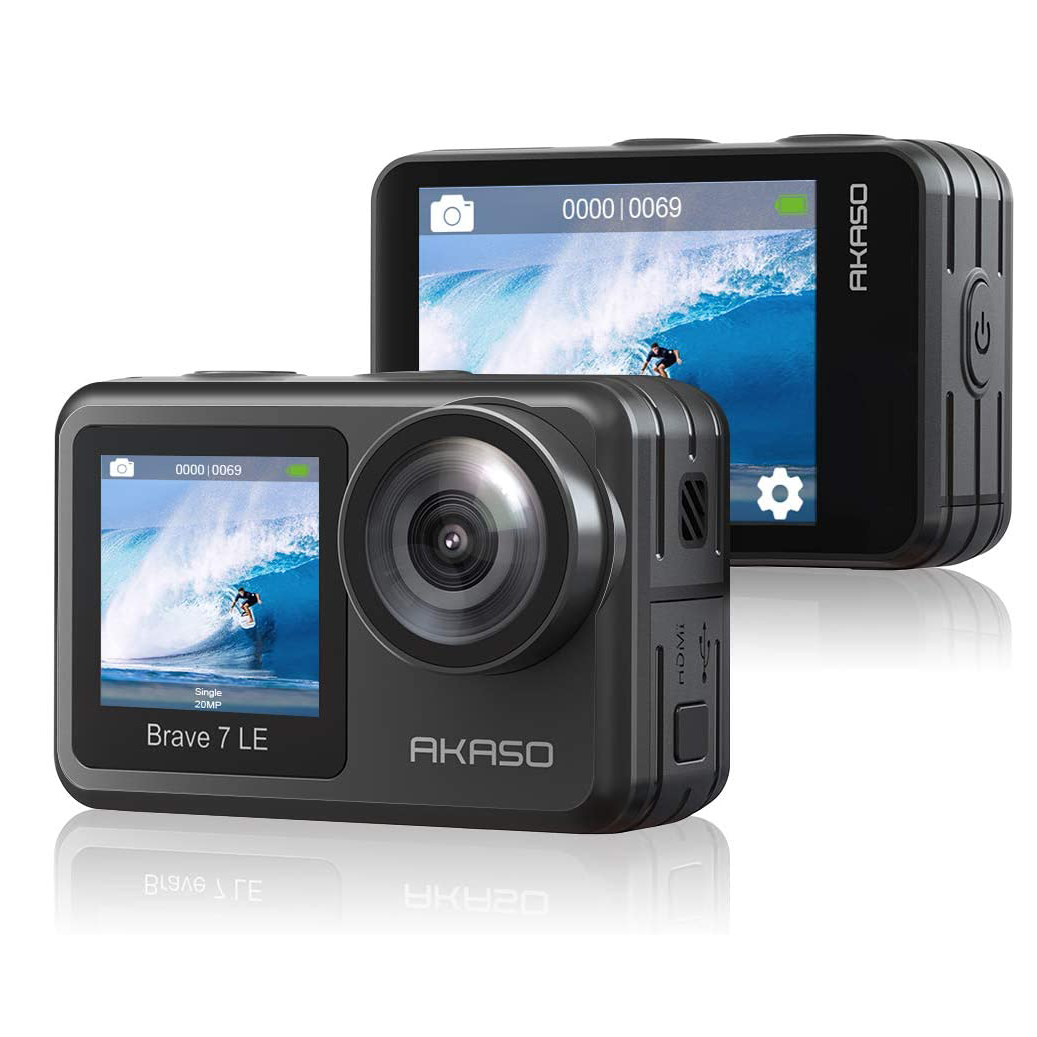
If you want a cheap action camera, and 4K footage is fine, then this is the best bang for the buck out there. It's not got that slick GoPro feel, but it gets the job done.
Read more below
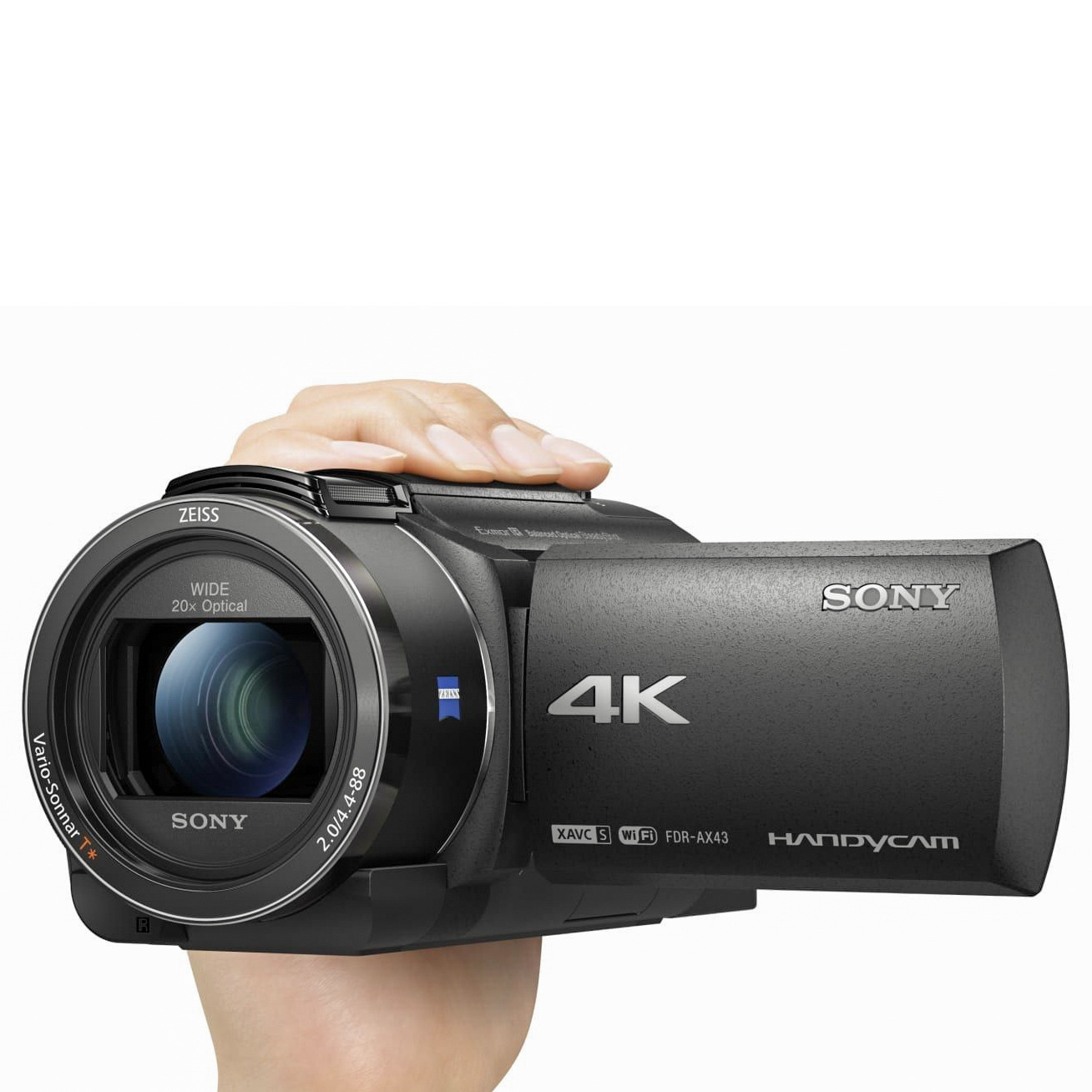
A camcorder is a no-frills, no-fuss kind of video option for those who need something straightforward with a big zoom. Sony produces tons of solid camcorders, and you can't go wrong with this one.
Read more below
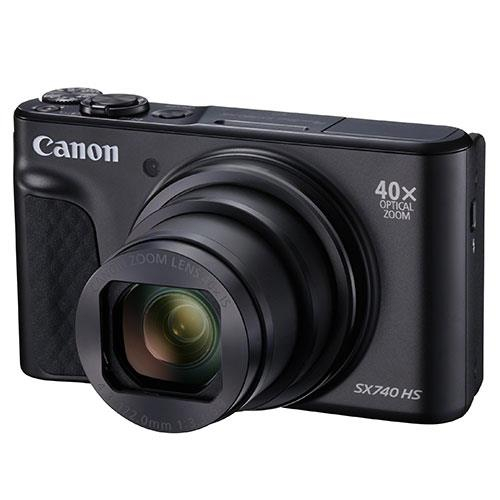
This point-and-shoot camera can capture 4K video at long range thanks to its 40x zoom, and yet will still fit in your pocket.
Read more below
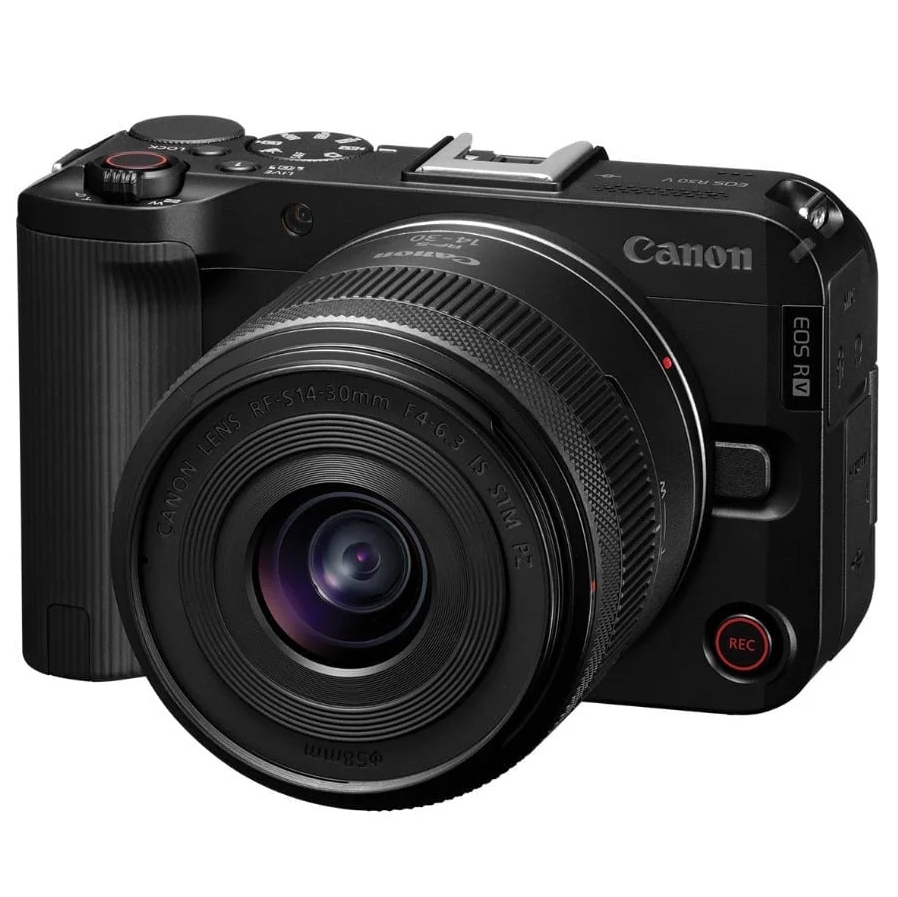
This is our top recommendation as a beginner camera, with a design that's geared towards what video shooters need, and great 4K quality too.
Read more below
See more products...
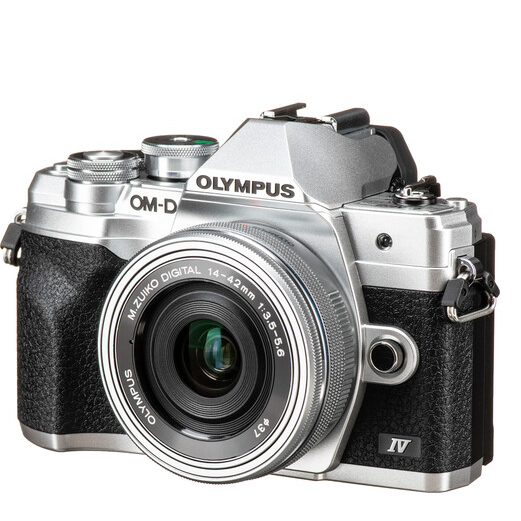
This beginner-friendly mirrorless model is ideal for doing a bit of everything, and is great for new shooters to learn the ropes.
Read more below
The best budget video cameras you can buy
Why you can trust Digital Camera World
Best budget action camera
Specifications
Reasons to buy
Reasons to avoid
The GoPro Hero10 Black is now three generations old, having been replaced by the Hero 11 Black, Hero 12 Black, and Hero 13 Black. However, this 2021 model is a great budget by and unlike older models has a front-facing screen, which helps me line up shots perfectly. Plus, its G2 processor makes the interface incredibly responsive compared to its predecessor.
My standout feature is its capability to record 5.3K 60p using GoPro's HyperSmooth 4.0 video stabilization which is incredible, and let's not forget it can shoot 23-megapixel photos too.
Now, the GoPro Hero 10 might be a bit more than what I need if I just want a helmet cam for safety purposes. However, if I'm after a camera that can record super-smooth, high-quality video, it's definitely a good choice, especially when I can snag it at the right discount.
Read more: GoPro Hero 10 Black review for more details.
Best cheap stabilized camera
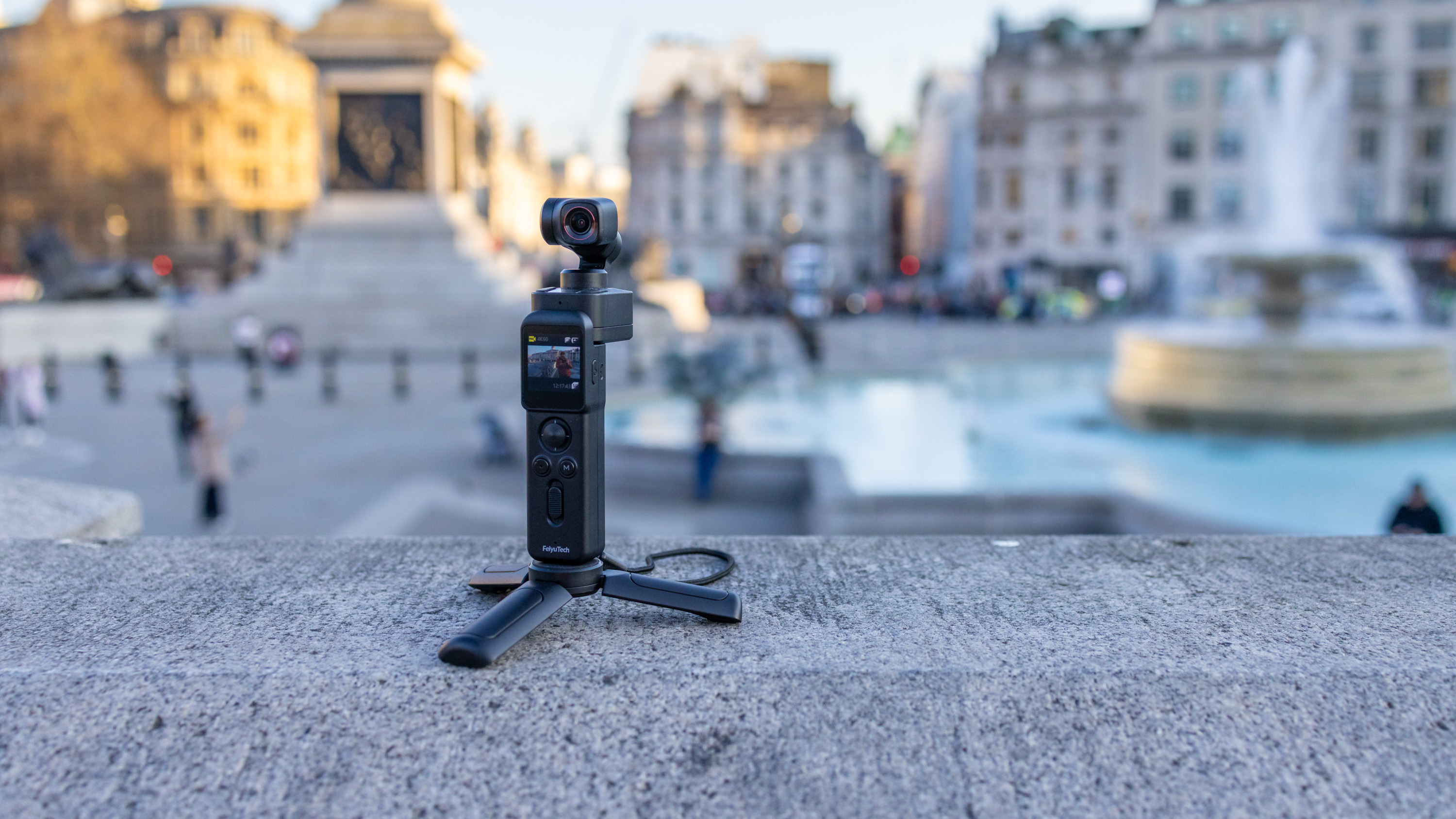
Specifications
Reasons to buy
Reasons to avoid
A stabilized gimbal camera can be an excellent way to increase the production value of your videos on a budget – as you get the benefits of both a camera and a gimbal in one package! Using multiple optical axes to physically compensate for the movement of a camera, a gimbal allows you to introduce smooth camera movements into your footage, and shoot on the move without getting unpleasantly juddery shots. While the DJI Osmo Pocket 3 is arguably the standard to bear right now, if you're on a budget, my recommendation goes to the Feiyu Pocket 3.
Producing reliably decent footage, the Feiyu Pocket 3 boasts effective stabilisation that pairs well with its 16mm equivalent lens, giving you a wide and broad view that's ideal for vlogging. Its battery life is brilliant, as we discovered in our full testing, and there are some fun slow-mo features that our reviewer had a good time playing with. Design-wise, it offers the unique option of a fully wireless connection, meaning the gimbal handle can be detached and used with your phone if you'd like.
With a smaller sensor, lesser accessory ecosystem and more limited set of video options than DJI's Osmo Pocket 3, the Feiyu Pocket is definitely a lesser option. However, at an RRP of $329 to DJI's $519, it is a significantly cheaper proposition, and will suit the budget-conscious vlogger or filmmaker looking to shoot stabilized footage.
Best cheap action camera
Specifications
Reasons to buy
Reasons to avoid
There are loads of budget action cameras out there, but it can be a minefield of false economy. Just because something is cheap, doesn’t mean it’s worth it! However, the Akaso Brave 7 LE is the best cheap action camera that justifies its cost.
With 4K 30p video (no 60p, but still not bad), it can capture footage of good-enough quality for most purposes, and it even squeezes in something the GoPro Hero 8 Black is missing – a front-facing selfie screen for bloggers.
The stabilization system, while not a patch on GoPro’s, does the job just fine and makes the camera much more usable hand-held. As we said in our review, this is “a great value action camera for all-round use.”
Read our full Akaso Brave 7 LE review for more details
Best budget camcorder
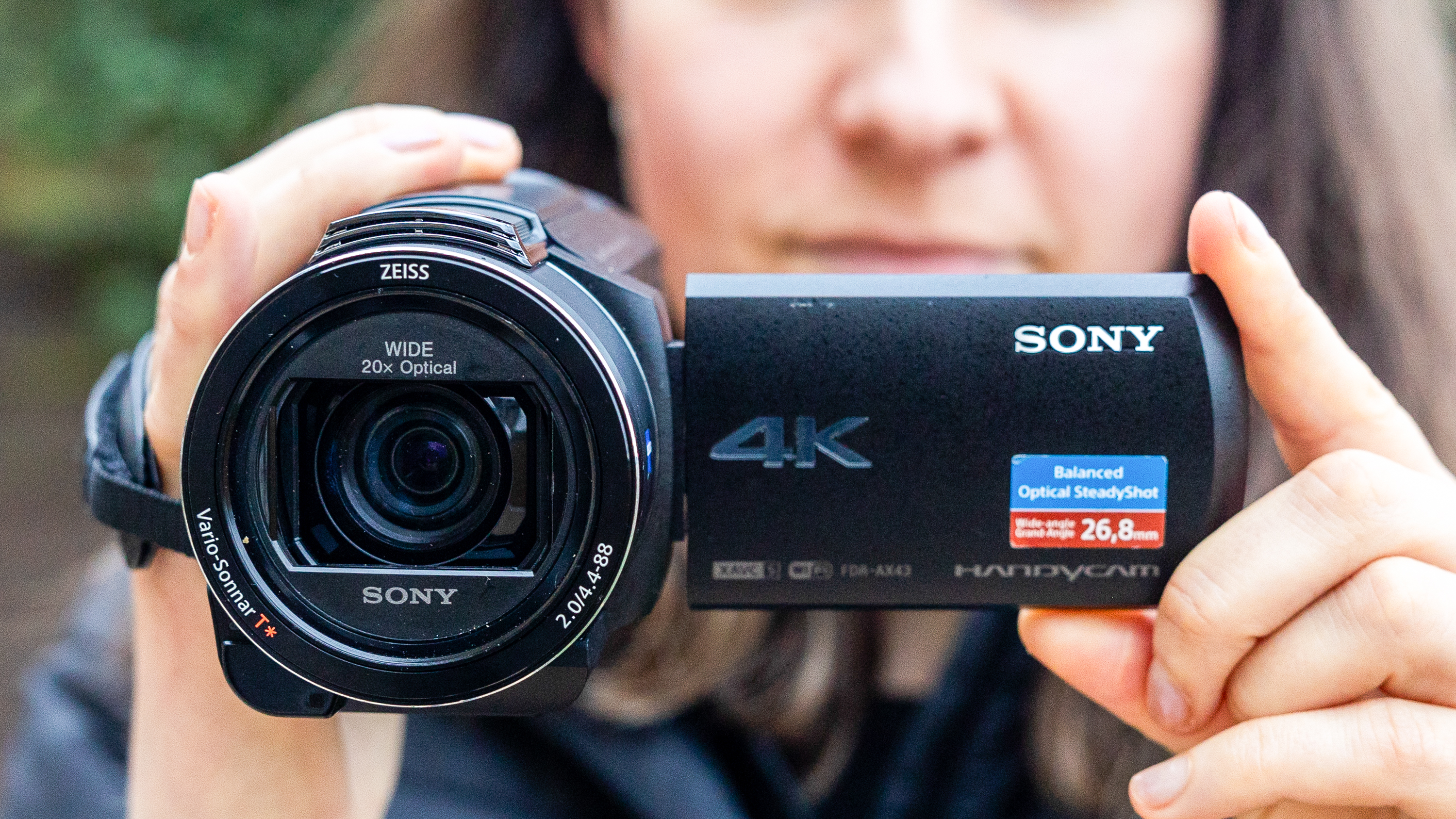
Specifications
Reasons to buy
Reasons to avoid
When it comes to video, sometimes I just want something straightforward and hassle-free, and that's where the Sony AX43 camcorder comes in perfectly for me. Many of the budget camcorders from the top manufacturers have been discontinued in recent years, but this one is a sensible price - and the cheapest that I'd recommend.
I really appreciate its powerful 20x optical zoom lens, which offers great versatility for shooting wildlife or sports - or just for picking out a face in a crowd.
What I love about camcorders is that they are designed solely for shooting video - so they strap to your hand like a glove making them simple to shoot with. Sony's Intelligent Auto Mode provides really impressive results, and and in our test we only rarely found it necessary to delve into the many manual override options available in the menu system.
A drawback of this budget model is that lack of an eyelevel viewfinder - so you have to use the flip-out 3in LCD screen for framing, which can cause problems when trying to shoot in bright light.
Impressively, however, this model has a built-in headphone socket for checking the sound as you record - and another input for a microphone (which is a highly recommended accessory to get if you want the best audio).
Read our full Sony AX43 review
Best budget point and shoot
Specifications
Reasons to buy
Reasons to avoid
If you're after a point-and-shoot camera with incredible zoom capabilities, look no further than the Canon PowerShot SX740 HS – with its focal range equivalent to a full frame 24-960mm! It has a 20.3MP 1/2.3-inch sensor and an LCD screen, which can be flipped to face the front making it perfect for selfies. What we love about this, is that unlike bridge cameras with bigger zooms, this really is a pocket-sized camer.
It has a maximum continuous burst shooting rate of 10fps, and it can also film video in 4K. (The Canon PowerShot SX730 HS can be found slightly cheaper if you don't need 4K video and it still has Full HD recording.) The image quality and autofocus performance on this camera is pretty good, and overall I rate this as an excellent camera for the price.
Read our full Canon PowerShot SX740 HS for more details
Best budget 4K mirrorless
Specifications
Reasons to buy
Reasons to avoid
The APS-C component of Canon's EOS R family have long been solid choices for budget and mid-price video options – but the EOS R50 V is the first member that is predominantly geared towards video. With the 'V' in the name signifying its status as a vlogging camera, the EOS R50 V is a capable rejig of the popular EOS R50 beginner camera, only with handy features like uncropped 4K 30p (60p and 50p are available with a crop), 10-bit 4:2:2 and C-Log 3.
The design is also much more video oriented, eschewing a viewfinder in favor of a vari-angle screen, and including tally lamps on the front and rear to make it clear when you're recording. Also, it may sound simple, but one of my favorite design touches (and James concurs in his first-look review) is the big red record button on the front. It just makes the camera such more immediately operable, and helps you feel like you're using a proper video camera rather than a mirrorless photographer's camera with video added as an option.
It's not the cheapest member of the EOS R family – that honor belongs to the EOS R100. However, I think the level of video-specific functionality offered by the EOS R50 V means you get much better value for money if your main interest is video, and if you can afford the slight extra outlay, it's definitely worth it.
Read our first-look Canon EOS R50 V review for more details
Best budget beginner camera
Specifications
Reasons to buy
Reasons to avoid
Another beginner-friendly Micro Four Thirds camera option, the Olympus OM-D E-M10 Mark IV is a hugely stylish camera that also has video tech where it counts. Capable of shooting 4K video at 30p, it also boasts Olympus’s 5-axis stabilization system, which is one of the most capable on the market, and makes it super-easy to get smooth footage shooting handheld.
You’ve also got a flip-down screen for vlogging purposes, making it easy to film yourself, and the autofocus on the E-M10 IV is reliably accurate. We would have liked a mic port, but given that this is a more expensive camera anyway, budget users likely won’t be springing extra cash for a microphone. It’s a capable all-in-one video setup.
Read our full Olympus OM-D E-M10 Mark IV review for more details
What to look out for
You aren’t going to get all the top-line features when buying a budget video camera, so it’s important to focus on what you can get. Here are the key things to look out for:
Resolution: the quality of the video, measured by pixels. These days, 4K is the minimum you want for a decent vlogging or video camera, and every camera I've included on this list shoots 4K at minimum.
Frame rate: How many frames per second the camera shoots when recording video, In budget video terms, 30p is fine, 60p is good, and 120p and above is useful for slow-motion – nice if you can get it, but not essential.
Zoom range: This can be useful for run-and-gun video shooting. Camcorders will tend to have considerable zoom capabilities, other cameras less so. Action cameras don't have zooms, as they have a fixed wide-angle lens. Mirrorless cameras can take different lenses, included big zooms, though this will of course add to the cost.,
Waterproofing: If you’re going to be taking your camera into wet conditions, you need to think about waterproofing. Action cameras and tough compacts are going to be your best bet here.
Stabilization: Having some sort of stabilization system can make it much easier to get smooth footage while shooting hand-held and moving. Most video shooters will use a gimbal, but if you can't afford one on top of the cost of your camera, a stabilized gimbal camera like the Feiyu Pocket 3 is a good bet.
Articulating screen: A moveable articulating screen will make your life much easier, particularly if you're shooting solo. Many vlogging-oriented cameras like the EOS R50 V are essentially reskins of photography-focused siblings, only with an articulating screen instead of a viewfinder.
How we test
How we test cameras
We test different types of camera in different ways. We test mirrorless cameras in both in real-world shooting scenarios and in carefully controlled lab conditions. Our lab tests measure resolution, dynamic range, and signal-to-noise ratio. Resolution is measured using ISO resolution charts, dynamic range is measured using DxO Analyzer test equipment and DxO Analyzer is also used for noise analysis across the camera's ISO range. For camcorders and action cameras, our tests are predominantly done in the field – shooting video in a variety of situations, and comparing the results with those we have seen from the hundreds of other video cameras we have tested over the years. Find out more about how we test and review on Digital Camera World.
Read more:
Best camera for video
Best camcorders
Best budget action cameras
Best phone for video
Best camera for filmmaking
The best camera deals, reviews, product advice, and unmissable photography news, direct to your inbox!
Jon spent years at IPC Media writing features, news, reviews and other photography content for publications such as Amateur Photographer and What Digital Camera in both print and digital form. With his additional experience for outlets like Photomonitor, this makes Jon one of our go-to specialists when it comes to all aspects of photography, from cameras and action cameras to lenses and memory cards, flash diffusers and triggers, batteries and memory cards, selfie sticks and gimbals, and much more besides.
An NCTJ-qualified journalist, he has also contributed to Shortlist, The Skinny, ThreeWeeks Edinburgh, The Guardian, Trusted Reviews, CreativeBLOQ, and probably quite a few others I’ve forgotten.
- Chris GeorgeContent Director
